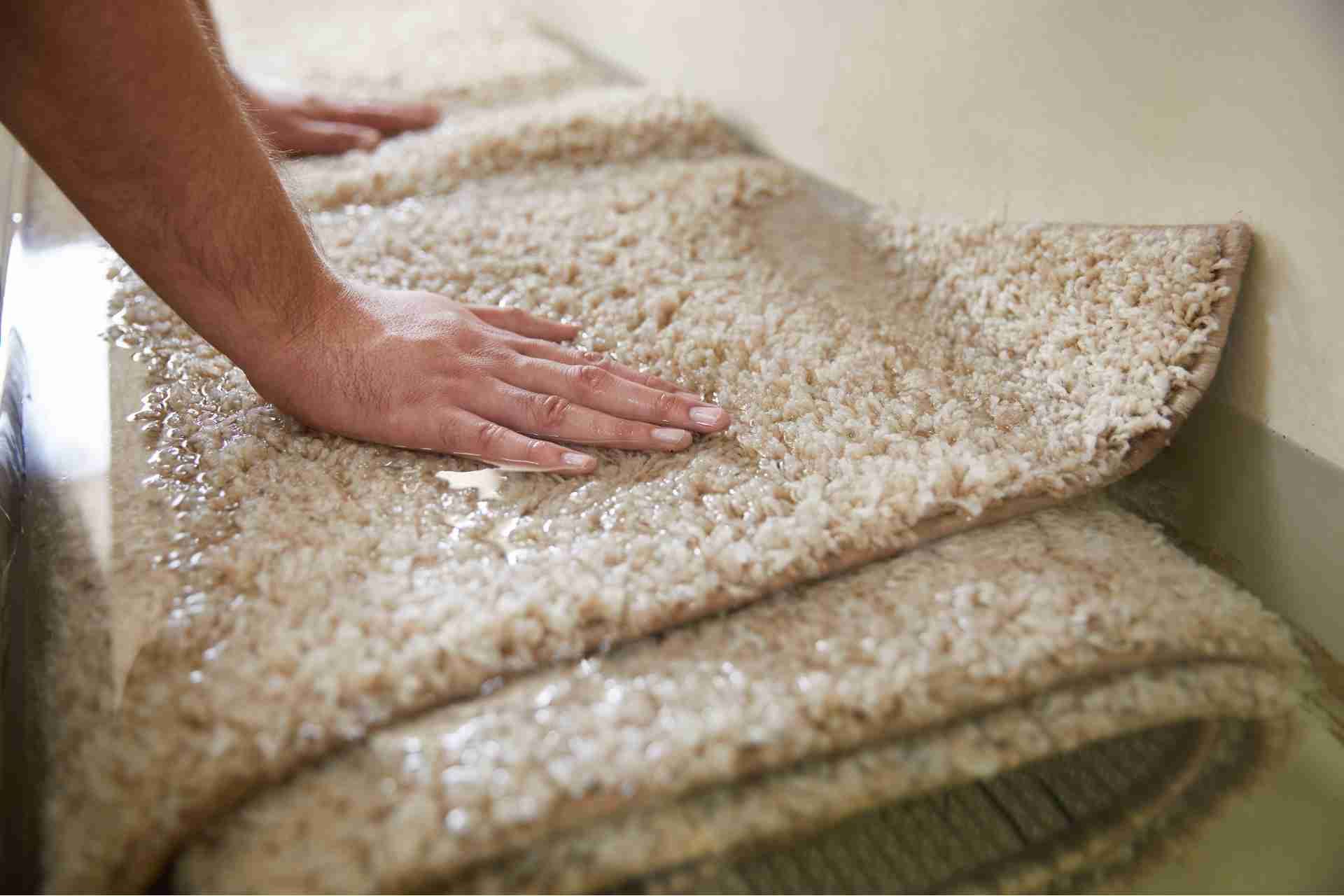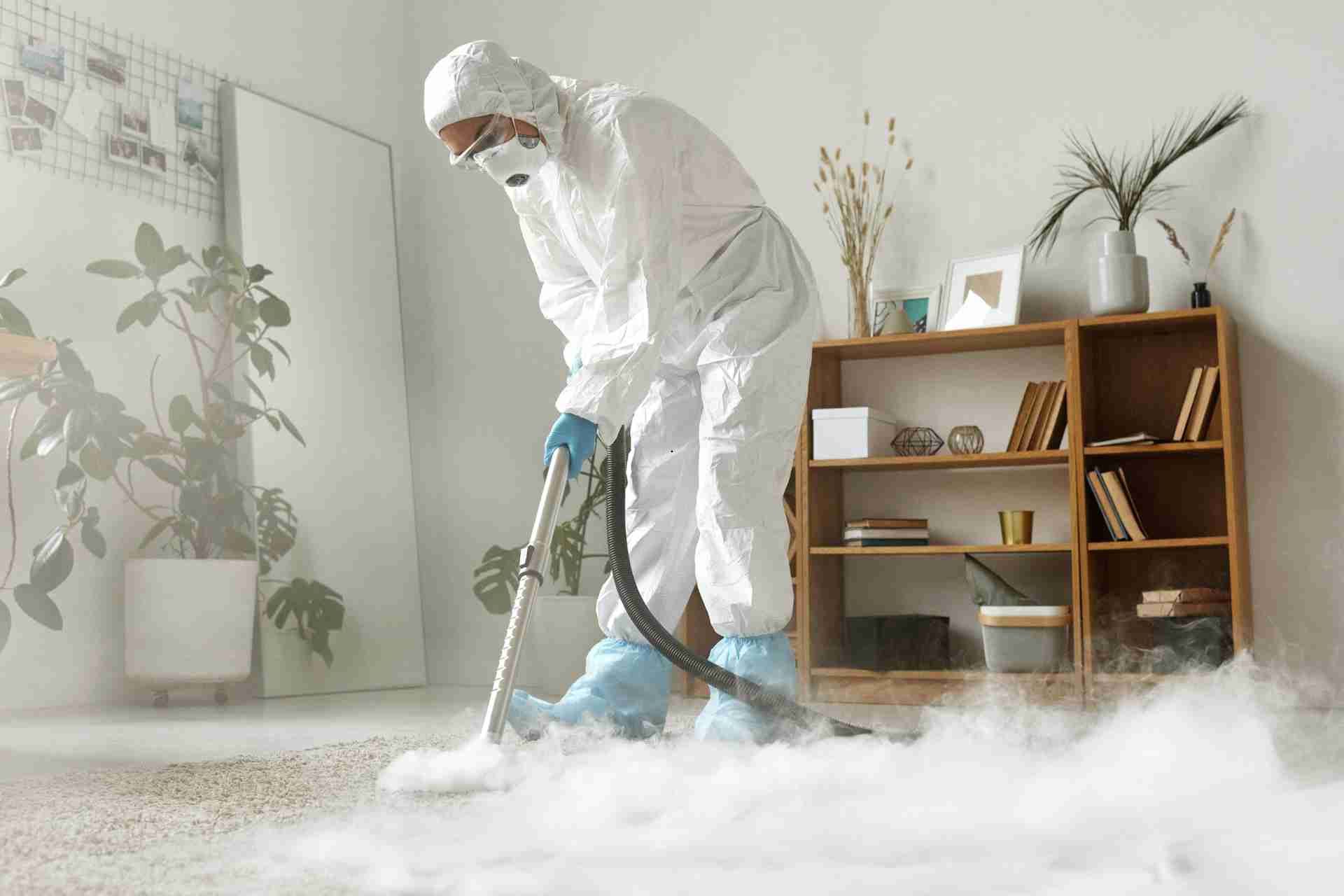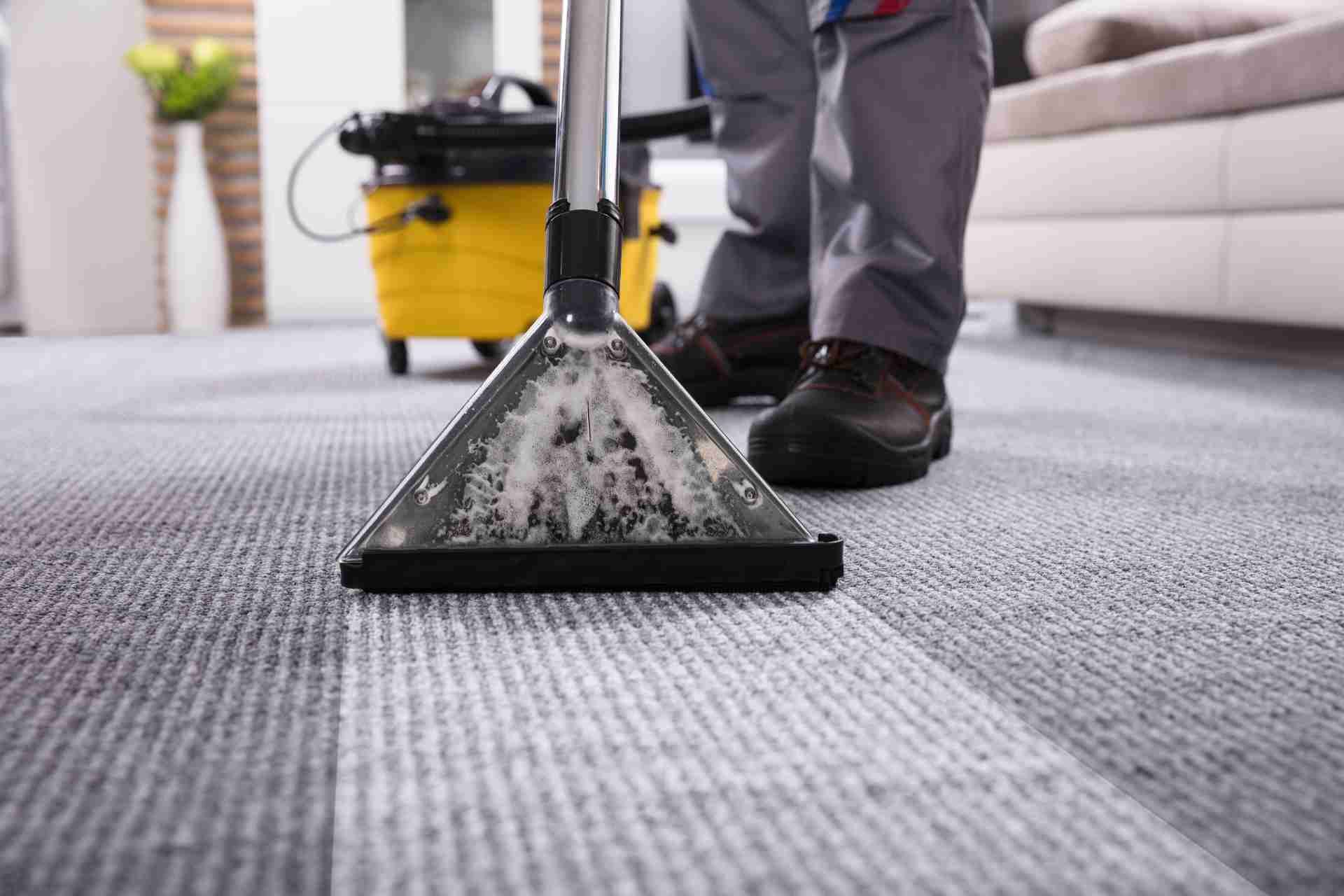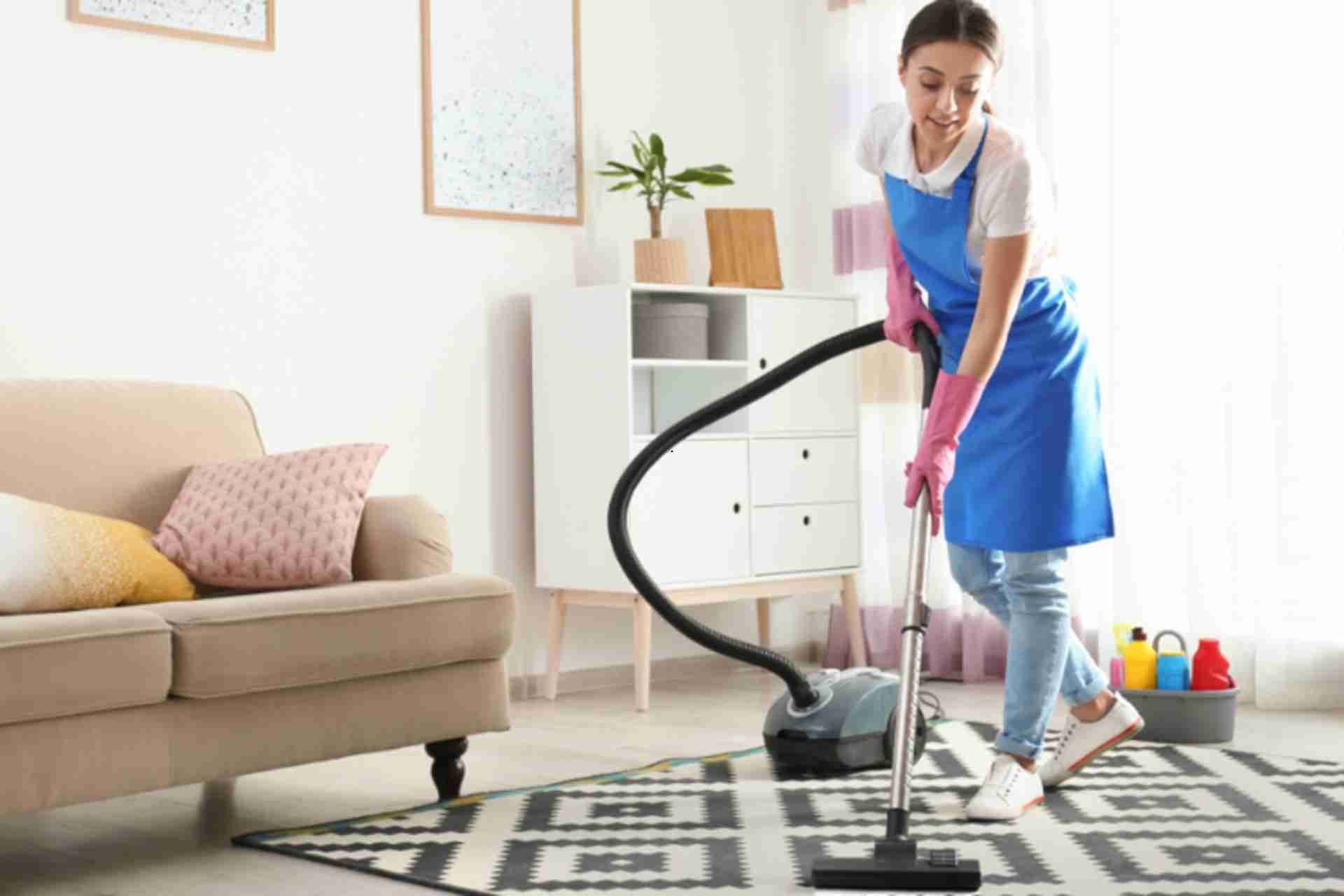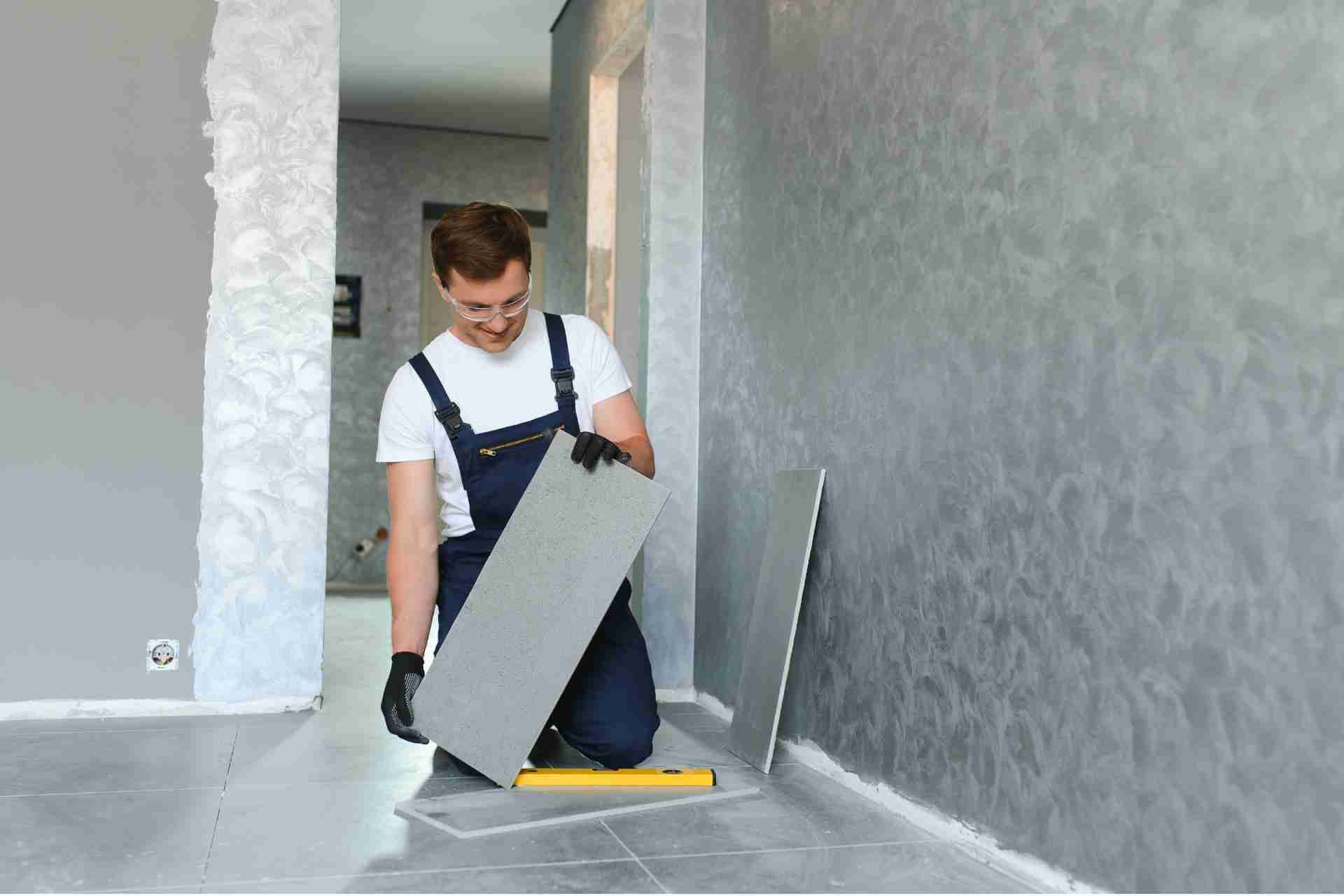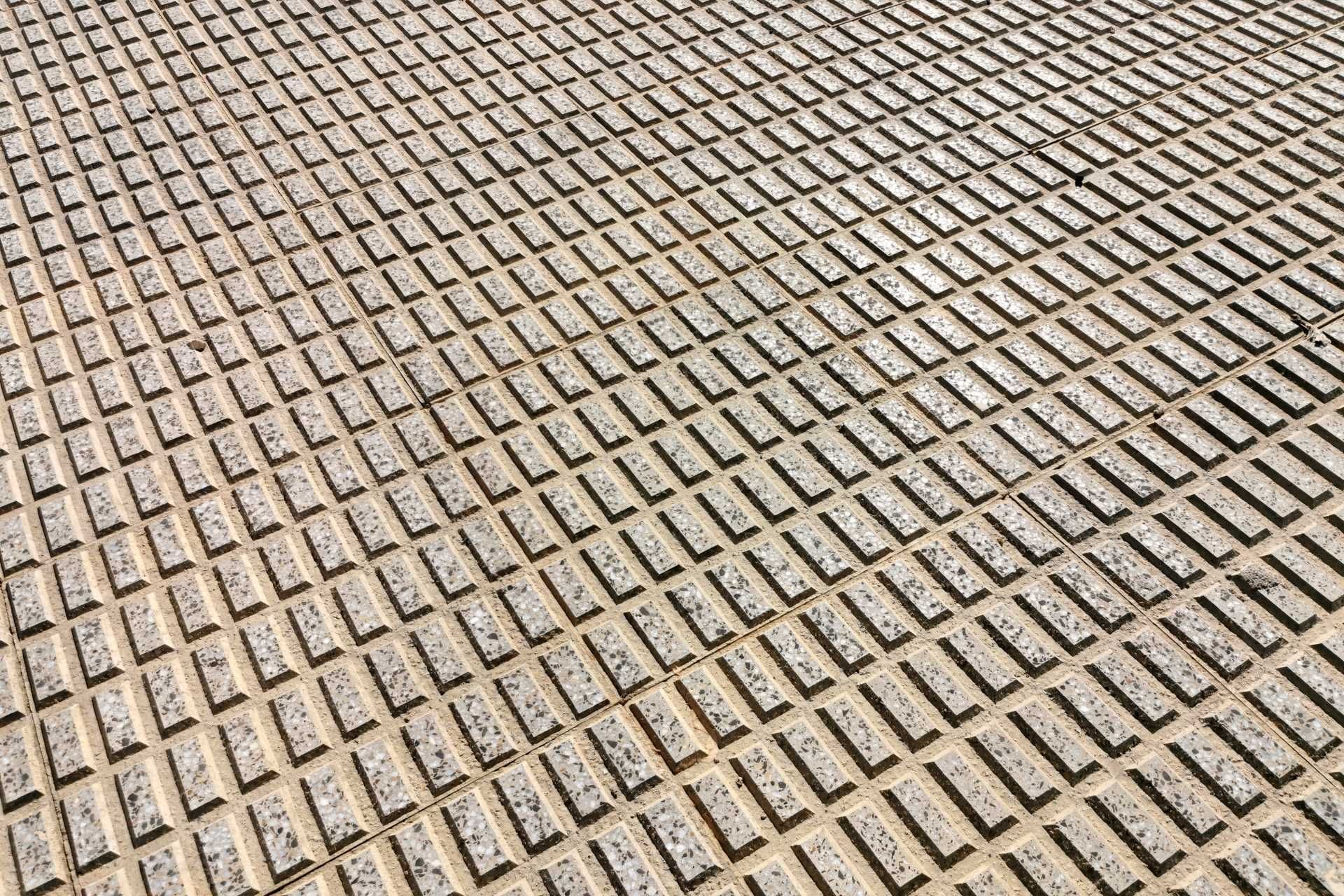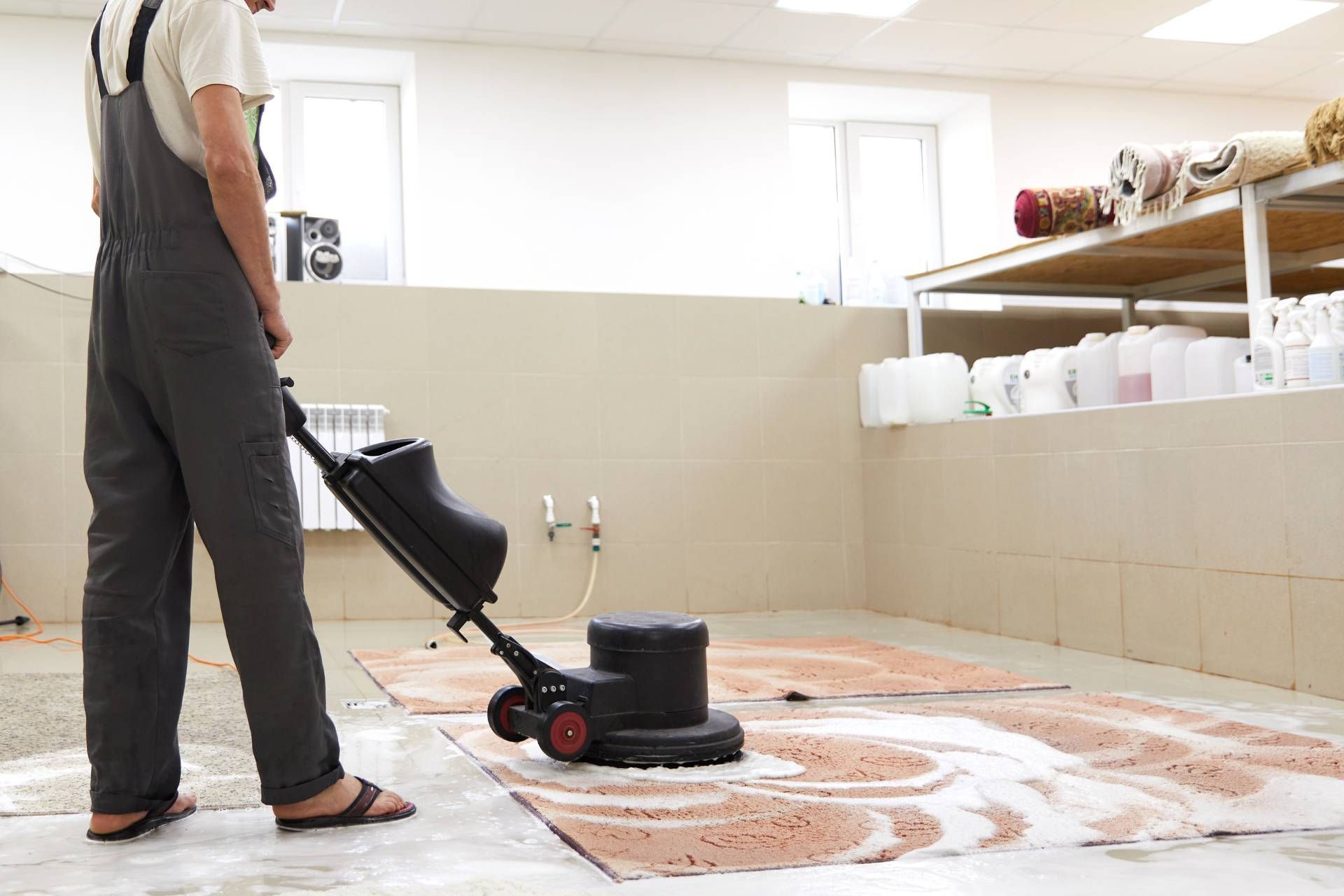Pet Stains & Odors: Why DIY Doesn't Work and What We Do Instead
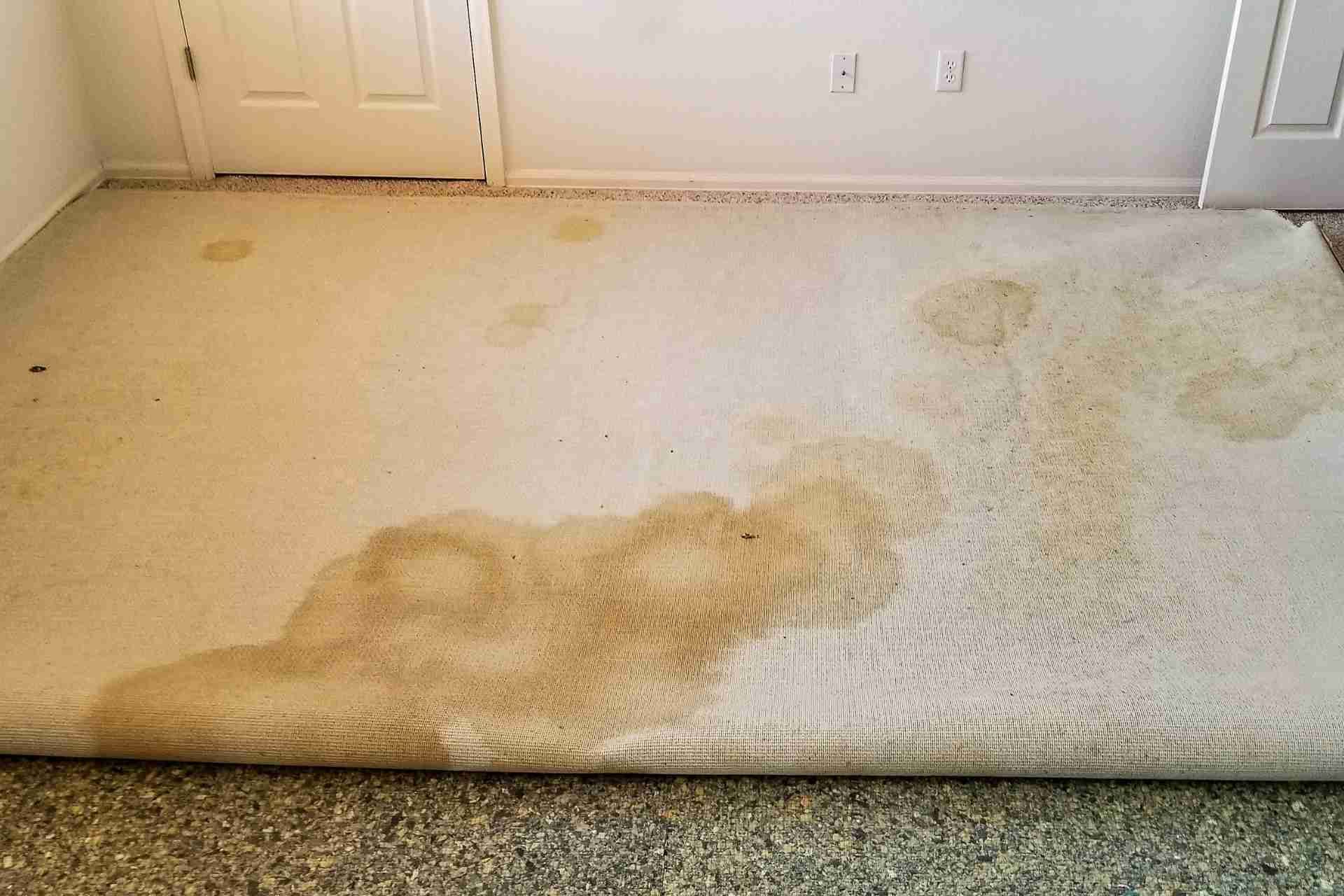
Dealing with pet stains and odors can be frustrating. You might think DIY methods like vinegar and baking soda will do the trick, but they often miss the mark. These solutions can mask smells temporarily, but they don’t tackle the root problem. To truly eliminate stains and odors, there’s a more effective approach that combines science and professional techniques. Discover what really works to keep your home fresh and clean.
Understanding Pet Stains and Odors
When your furry friend has an accident, understanding pet stains and odors becomes essential for maintaining a clean home.
Pet stains often contain proteins and enzymes that can be stubborn to remove. These substances break down over time, leading to lingering odors that can permeate your living space.
It’s important to recognize that different materials absorb stains differently; carpets, upholstery, and hardwood floors all require unique approaches.
Additionally, some odors, like urine, can be particularly challenging as they may deep-set into surfaces. Ignoring these stains won't make them disappear; in fact, they can attract your pet back to the same spot.
Being proactive and understanding the nature of these stains helps you tackle the problem effectively, ensuring a fresher environment for both you and your pet.
Common DIY Solutions and Their Limitations
While many pet owners turn to DIY solutions for tackling stains and odors, these methods often come with limitations that can frustrate your efforts.
Common solutions like vinegar and baking soda might seem effective at first, but they rarely penetrate deep into carpets or upholstery. You may end up masking the odor instead of eliminating it, leading to recurring issues.
Additionally, using too much water can worsen the situation by encouraging mold growth. Many DIY cleaners lack the enzymes needed to break down organic matter, which means stains can linger. You might find yourself repeatedly scrubbing with little success.
Ultimately, these limitations can leave you feeling defeated, making professional cleaning a more reliable choice for truly tough pet messes.
The Science Behind Pet Messes
Understanding the science behind pet messes can empower you to tackle stains and odors more effectively. Pet waste contains proteins, enzymes, and bacteria that can deeply penetrate your carpets and fabrics. These components break down, causing lingering smells and stains if not addressed promptly.
Component Effect on Surfaces Cleaning Challenge
|---------------|----------------------|-------------------------|
Proteins Attracts odors Difficult to remove
Enzymes Breaks down materials Requires specific cleaners
Bacteria Causes discoloration Can multiply quickly
Why Enzymatic Cleaners Are Effective
Enzymatic cleaners are effective because they target the specific components of pet messes that cause stains and odors.
These cleaners contain enzymes that break down proteins, fats, and carbohydrates found in urine, feces, and vomit. When you apply them, they work to digest the organic material, effectively neutralizing the source of the smell and preventing lingering odors.
Unlike typical cleaners that merely mask the scent, enzymatic cleaners eliminate it at its source. You'll notice a significant improvement in your home’s freshness as these enzymes continue to work even after application.
Professional Equipment for Deep Cleaning
When it comes to tackling tough pet stains and odors, professional equipment can make all the difference in achieving a truly deep clean. Unlike standard household cleaners, professional-grade tools are designed to penetrate deep into carpets and upholstery, effectively removing stubborn stains and lingering odors.
High-powered steam cleaners, for instance, reach high temperatures that help break down stains and disinfect surfaces. Additionally, specialized extraction machines pull out dirt and moisture, ensuring your carpets dry quickly and remain fresh.
Using these advanced tools not only saves you time but also enhances the overall effectiveness of the cleaning process. By investing in professional equipment, you’re ensuring a thorough clean that DIY methods simply can’t match. Your home—and your pets—deserve it!
The Importance of Proper Technique
While having the right equipment is crucial, using proper technique is equally important in effectively removing pet stains and odors. You might've the best cleaning tools, but if you don't know how to use them correctly, your efforts may fall short.
Start by blotting spills instead of rubbing, which can spread the stain. Apply cleaners in the right order and allow them to sit for the recommended time to break down the odor-causing substances. Always test any product on a small, inconspicuous area first to avoid damage.
Addressing Different Types of Surfaces
Understanding how to address different types of surfaces is crucial for effectively removing pet stains and odors. Each surface—whether carpet, hardwood, tile, or upholstery—requires a tailored approach.
For carpets, deep cleaning often involves extracting moisture to prevent mold. Hardwood needs gentle cleaning solutions to avoid damage, while tile might require tougher chemicals to tackle stubborn stains. Upholstery demands a careful touch, as many fabrics can’t withstand harsh treatments without fading or fraying.
Using the wrong method could lead to lingering odors or even permanent damage. That’s why it’s important to understand the specific requirements of each surface.
Preventative Measures to Avoid Future Issues
To prevent pet stains and odors from becoming a recurring issue, it's essential to implement a few proactive measures.
Start by establishing a regular cleaning routine; vacuum your floors and upholstery frequently to remove pet hair and dander.
Use protective covers on furniture and carpets, which can be easily cleaned or replaced.
Designate specific areas for your pets to eat, sleep, and play, minimizing potential messes.
Train your pet to go outside or use designated indoor potty areas consistently.
Finally, address any accidents immediately with an enzymatic cleaner to neutralize odors and discourage repeat offenses.
When to Call in the Professionals
If you find that pet stains and odors persist despite your best efforts, it might be time to call in the professionals.
DIY methods often mask the problem rather than eliminate it. If you’ve tried various cleaning products and techniques without success, don’t hesitate to seek expert help.
Professionals have access to specialized equipment and cleaning solutions that can penetrate deep into carpets and upholstery, ensuring thorough removal of stains and odors.
Additionally, if you notice recurring issues in the same area, it could indicate a deeper problem that requires expert assessment.
Trusting professionals can save you time, frustration, and ultimately, money by preventing further damage to your home.
Your living space deserves to smell fresh and clean!
Conclusion
In conclusion, tackling pet stains and odors requires more than just DIY fixes. While vinegar and baking soda might seem convenient, they often fall short. By choosing enzymatic cleaners and professional equipment, you can effectively break down the mess and restore your home’s freshness. Remember, it’s not just about cleaning; it’s about using the right techniques and tools. If you’re overwhelmed, don’t hesitate to call in the professionals to ensure a truly clean environment.

